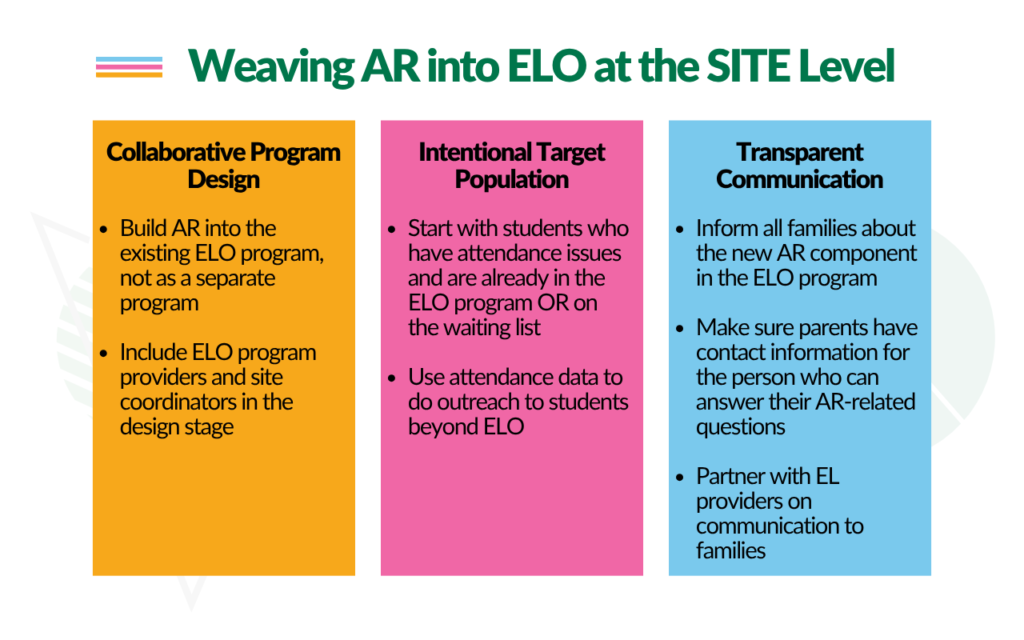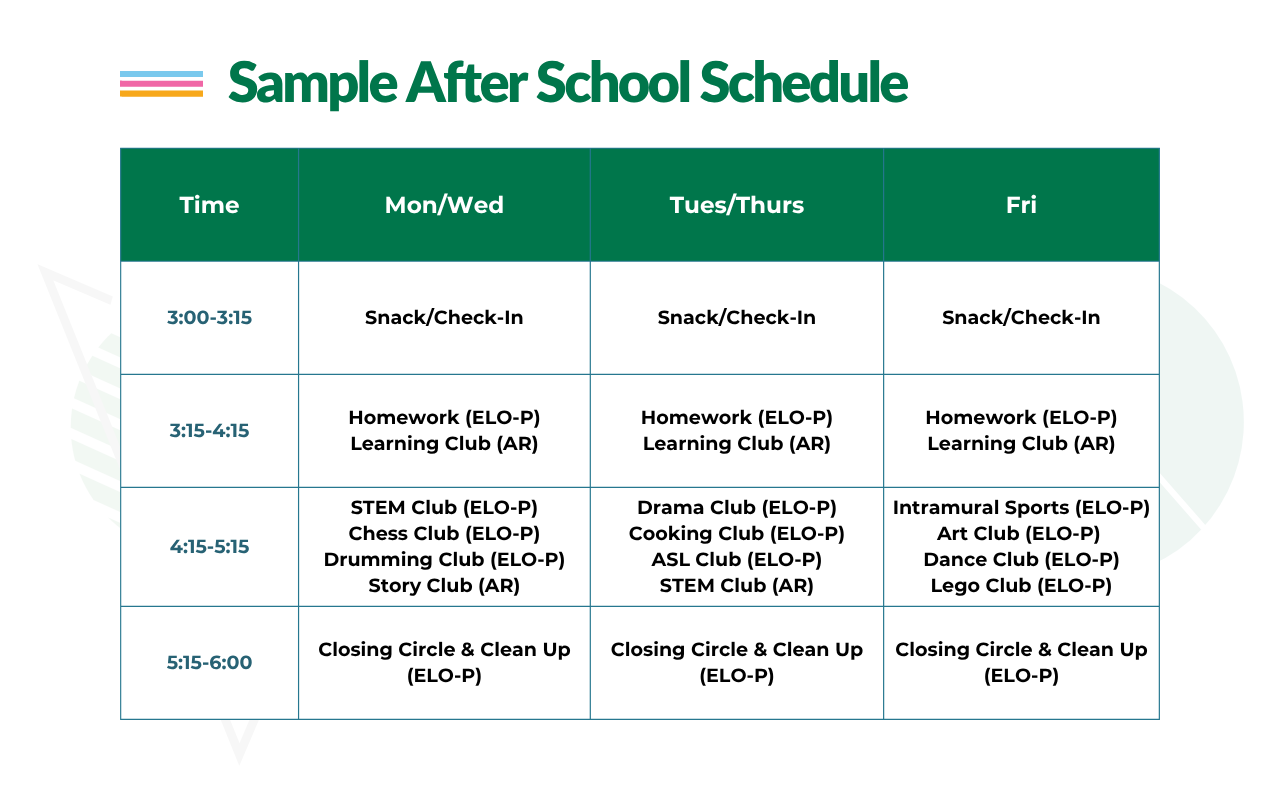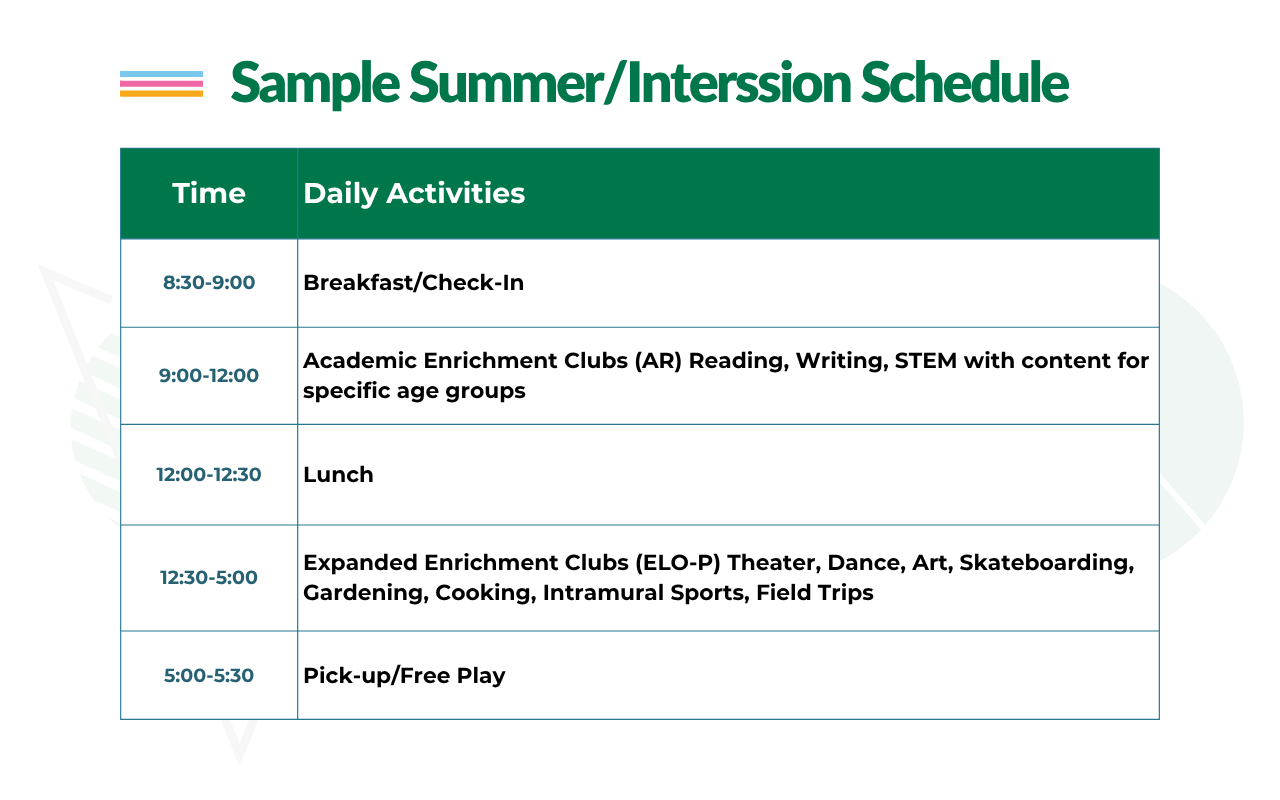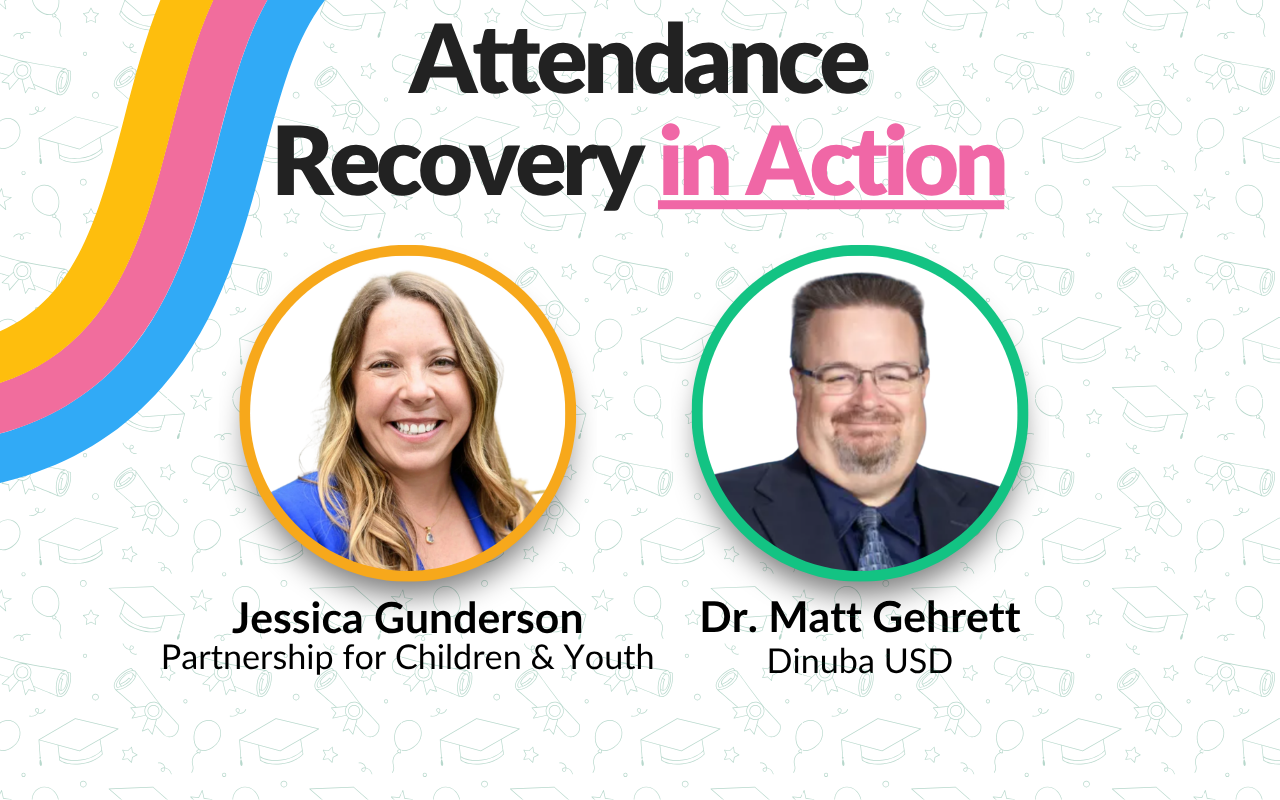Attendance Recovery: Policy Meets Practice
On Friday, September 12, 6crickets hosted a timely webinar, “AR + ELO-P Integration: Insights, Ideas, and Practical Steps” featuring Jessica Gunderson, Co-CEO of Partnership for Children & Youth Dr. Matt Gehrett, Director of Technology at Dinuba USD.
Together, Jessica and Dr. Gehrett offered in-depth perspectives on how California districts can navigate, shape, and implement Attendance Recovery effectively.
Policy in Motion: Jessica Gunderson, Partnership for Children and Youth
Jessica opened by describing PCY’s mission: “We do policy, advocacy, and research,” she said, “we’re basically a coalition of the largest community-based organizations that run after school and summer programs in California”.
PCY has been at the forefront of conversations around Attendance Recovery, helping bridge the gap between legislative intent and on-the-ground implementation. After working with 9 LEA’s over two separate sessions, the PCY team gleaned incredible insights regarding implementation and understanding. “This is the first year,” Jessica reminded us, “so it’s so important that all of us provide input, not just to the CDE, but to other policymakers, about what’s working and what’s not”.
Jessica also highlighted the complexity of interpreting policy in real time. “There are the rules and EdCode, then there’s how the CDE interprets the rules, and then there’s the audit guide,” she explained, “if you cross-reference those things, they’re not all the same and there are gray areas there”. Regardless of the gaps, after collaborating with the 9 LEA’s Jessica was able to offer some insights as to how to successfully integrate AR into ELOP:

In this first year of implementation, there’s always room to challenge interpretations, shine light on unintended consequences, and help policymakers understand what’s truly happening in schools and expanded learning programs. “It’s going to continue to evolve,” she said, and that evolution depends on thoughtful feedback from those implementing it.
Jessica’s Key Takeaways:
- Learn together. Share what you’re doing, ask questions, seek resources.
- Get written approvals. Secure a curriculum sign-off from your district’s curriculum lead.
- Speak up. Shine light on what’s working–and what’s not, to help shape better policy.
- Prioritize engagement. AR activities should feel meaningful, not mandatory.
Practice in Action: Dr. Matt Gehrett, Dinuba USD
While Jessica unpacked the policy side, Dr. Matt Gehrett showed what it looks like in action, and spoiler alert, it’s not as daunting as it sounds. At Dinuba USD, he and his team are proving that Attendance Recovery can be creative, collaborative, and even fun. “We got our teachers involved from the very beginning,” he said, because when educators help design the process, everyone feels ownership and momentum.
Dinuba is blending Attendance Recovery into its club model—turning what could be a compliance headache into an opportunity for engagement. “We plan to acknowledge that some of our clubs are attendance recovery clubs,” Dr. Gehrett explained. That means students can recover time while doing something they actually want to do. Each club runs on a six-week cycle, giving kids multiple fresh starts to reconnect and make progress.
To keep things simple and efficient, Dinuba uses 6crickets for its check-in/check-out system. “Pilot teachers will use 6crickets to keep track of the timing,” Dr. Gehrett shared. The platform is a smart, stress-free way to track hours, collect data, and see real progress without adding more to anyone’s plate.
Dr. Gehrett’s Key Takeaways:
- Start with collaboration. Bring teachers in early.
- Align with interests. Establish clubs that satisfy curriculum AND keep students engaged.
- Keep it short. Program cycles prioritize engagement and allow for revision.
- Make informed decisions. Leverage tools (like 6crickets) to track participation and compliance.
The Power of Teacher-Led Clubs
Both Jessica and Dr. Gehrett emphasized that Attendance Recovery is uncharted territory. Jessica noted that the original intent of “choice” in program design was to protect students from being forced into rote or worksheet-based activities, but in practice, that flexibility has sometimes created new challenges, such as staffing and scheduling . “It wasn’t to make lives more difficult,” she said, “but that’s kind of what’s happening”.
Jessica shared practical examples of how AR can be integrated into your ELO programs:


Their combined insight was clear: successful implementation requires innovation, feedback, and collaboration across policy and practice. Educators and partners can help refine this evolving system to truly serve students.
Let’s keep pushing the boundaries of what expanded learning can do—and ensure every student is given the opportunity to thrive.
Want to hear more?
You can watch the full webinar recording and access the presentation slides by filling out this short form:
Curious to learn more?
Join our Office Hours on November 14th at 12pm. Come curious, leave confident, and maybe with a new idea or two!
👉 [RSVP Here]
Looking for more 1:1 support? Schedule a demo with our team!
👉 [Schedule a demo]
Have you been missing our webinar invites?
Have you been missing our webinar invites?
We host webinars during the lunch hour on the third Friday of every other month. Our next one is coming up on November 21 at 12pm.
If you haven’t been receiving the invites, just fill out the form at the link below and we’ll make sure you’re on the list moving forward:
Yours in Education,
6crickets Team

